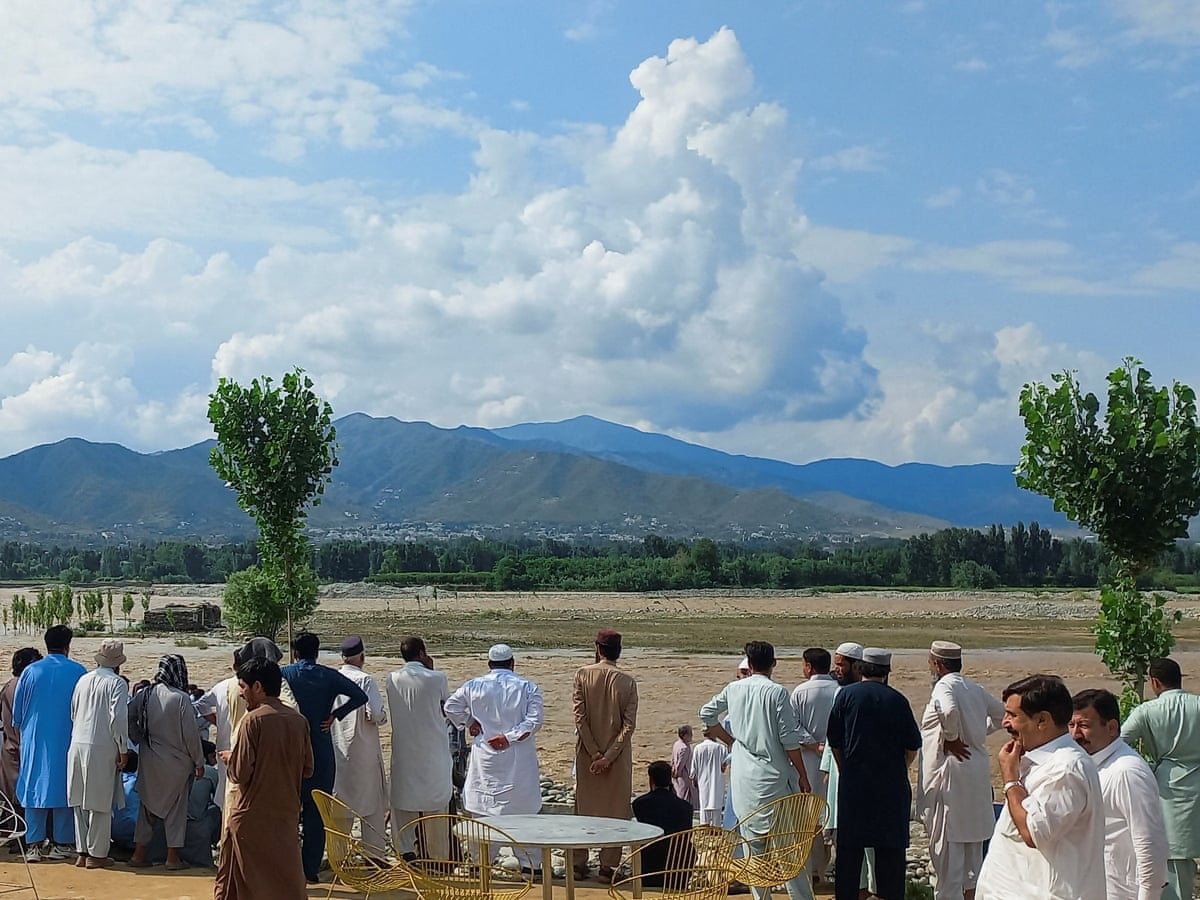Pakistan is reeling from a deadly wave of flash floods triggered by intense pre-monsoon rains, with at least 38 people killed and dozens more injured or missing across the country. The worst-hit region is the scenic Swat Valley in Khyber Pakhtunkhwa, where a single family lost 19 members after being swept away while picnicking by the river.
The floods began on June 26 and have since battered multiple provinces, including Punjab and Sindh. In addition to the tragic loss of life, over 60 homes have been damaged, roads and bridges washed out, and livestock killed. Rescue operations are ongoing, but heavy rains and rising waters have hampered efforts.
Pakistan’s National Disaster Management Authority has issued urgent alerts for glacial lake outburst floods, urban flooding, and further flash floods in the coming days. The monsoon season, which officially begins in July, is already proving catastrophic.
Experts warn that Pakistan’s vulnerability to climate change is worsening. With over 13,000 glaciers, the country faces heightened risks from melting ice, erratic rainfall, and extreme weather. Yet, poor infrastructure, weak urban planning, and delayed emergency responses have compounded the crisis.
This latest disaster echoes the devastating floods of 2022, which submerged a third of the country and displaced millions. Despite contributing less than 1% to global emissions, Pakistan continues to bear the brunt of climate-induced catastrophes.














.jpg)
.jpg)




0 Comments